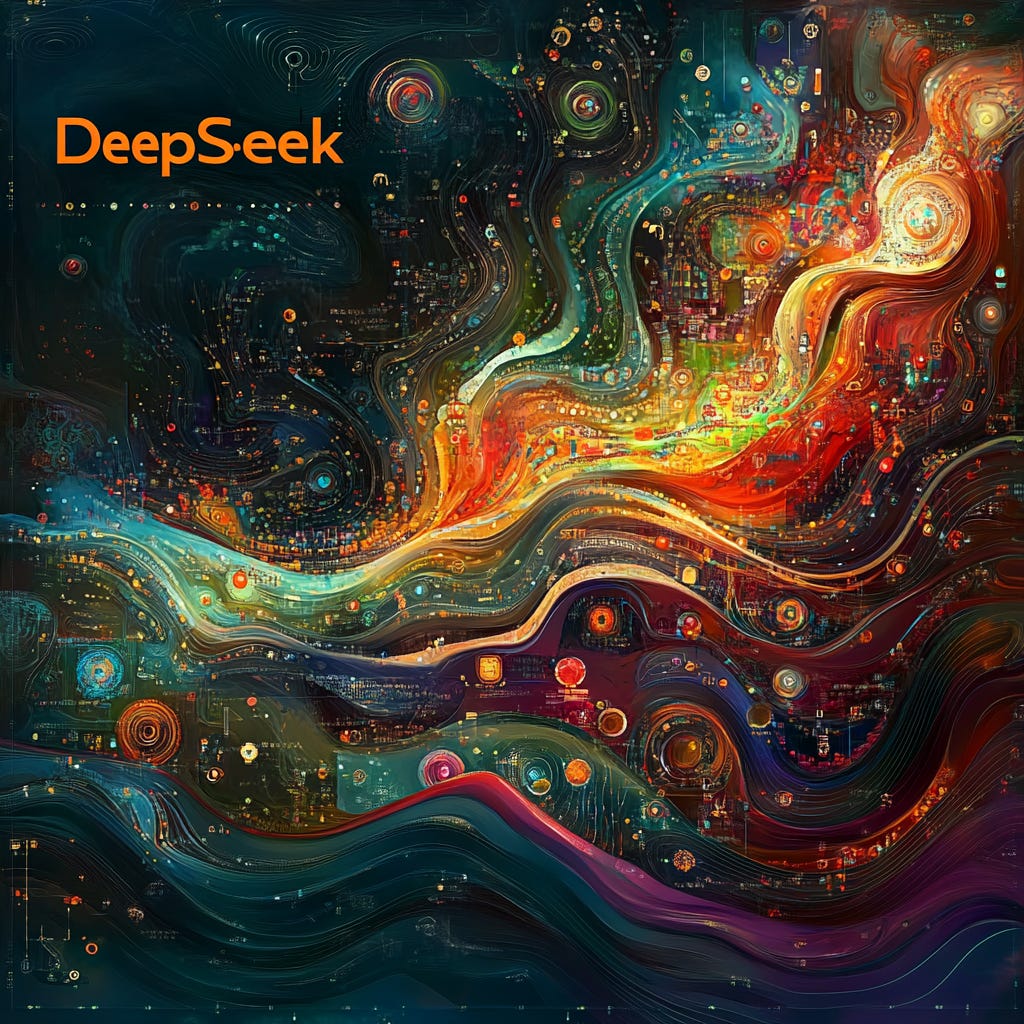[ad_1]
For the last few weeks, the hottest release in generative AI was a new open source model: DeepSeek-R1. This new model matches exhibit incredible reasoning capabilities at a fraction of the cost of models like GPT-o1. More importantly, R1 challenges the hypothesis that reasoning is a capability exclusive of massively large models. DeepSeek is the lab behind R1 and has emerged as an unlikely leader in open source AI pushing the boundaries of the space. At the same time, there is been a lot of controversy surrounding DeepSeek’s rapid progress. In today’s essay, I would like into DeepSeek’s amazing progress and some of the speculation around it.
Founded in May 2023, DeepSeek quickly established itself as a formidable player in the AI space. The company’s rapid ascent has been marked by a series of increasingly powerful models, each pushing the boundaries of performance and efficiency.
While specific details about DeepSeek’s earliest models are limited in the provided search results, it’s clear that the company made significant strides in a short period. These early efforts laid the groundwork for their more prominent later releases.
The DeepSeek Effect has been characterized by a rapid succession of increasingly powerful models, each pushing the boundaries of AI capabilities. Let’s explore the chronological development of DeepSeek’s models in more detail, with a focus on the earlier iterations.
[ad_2]
Source link


